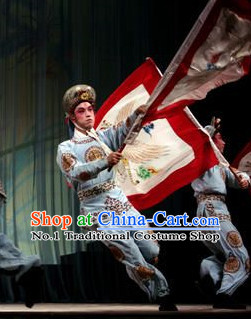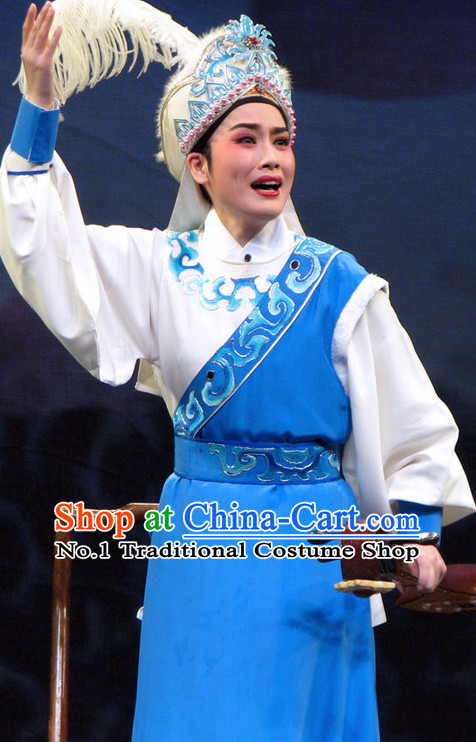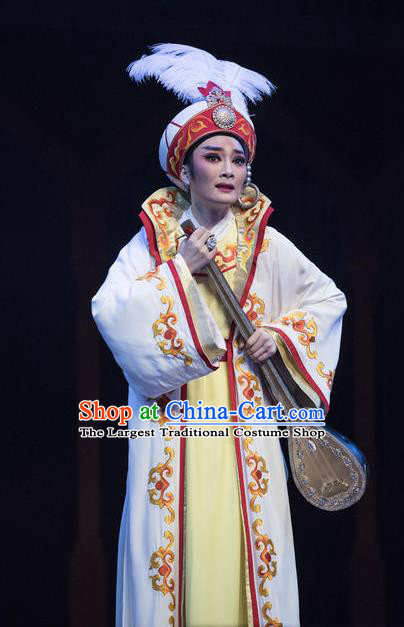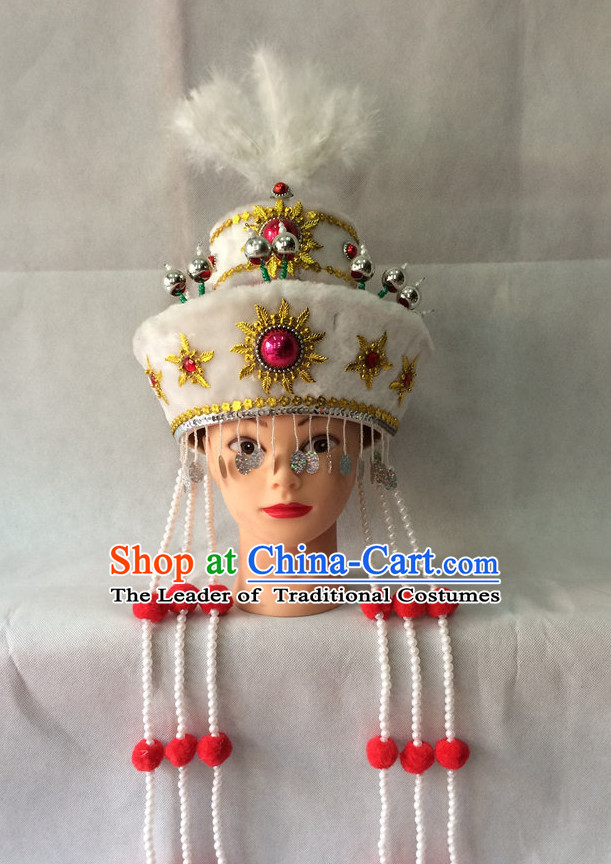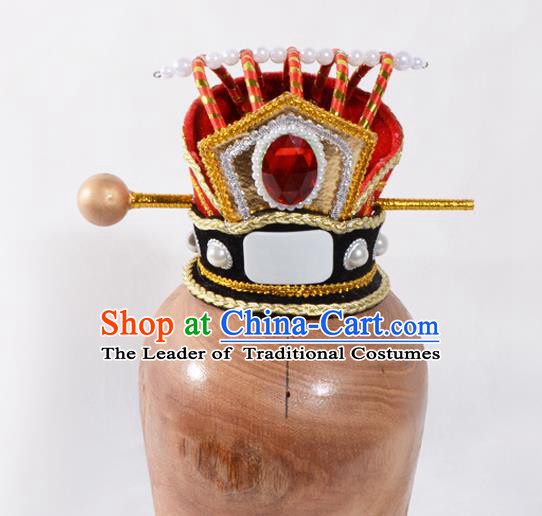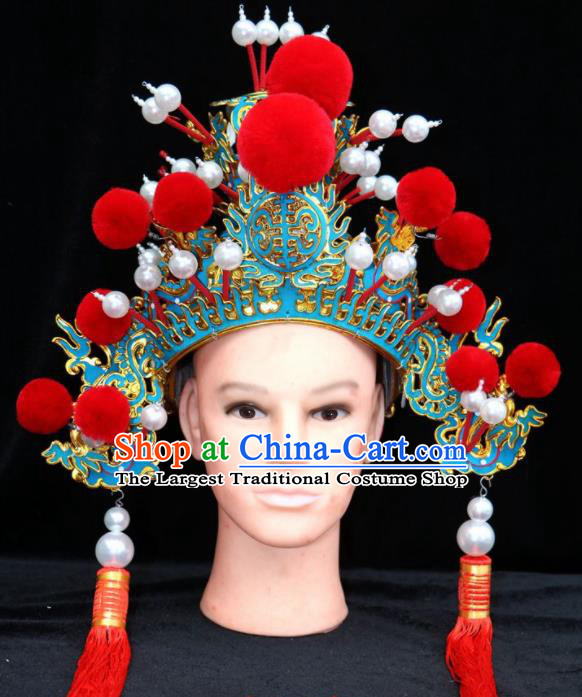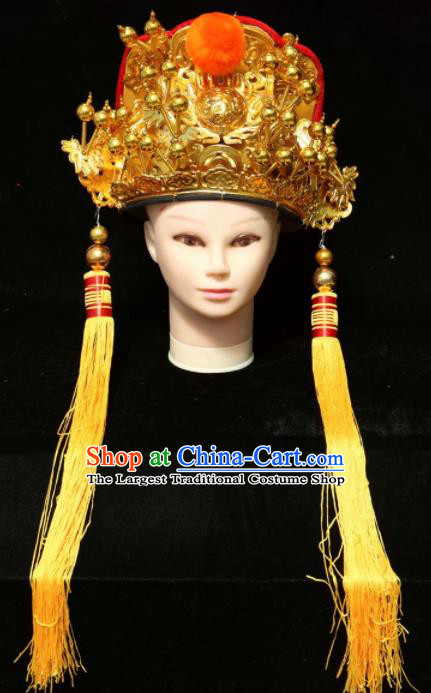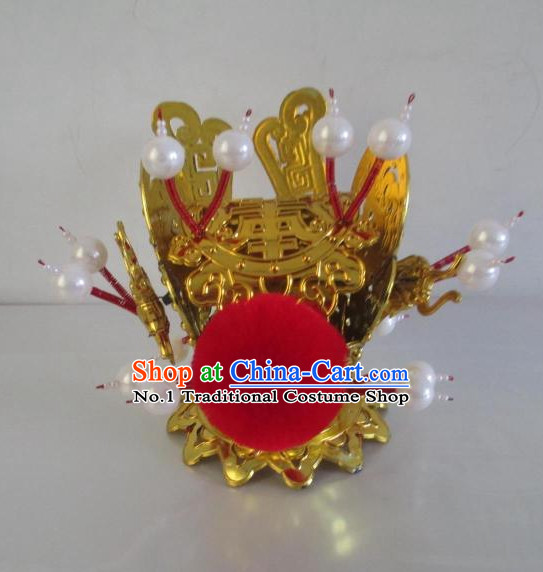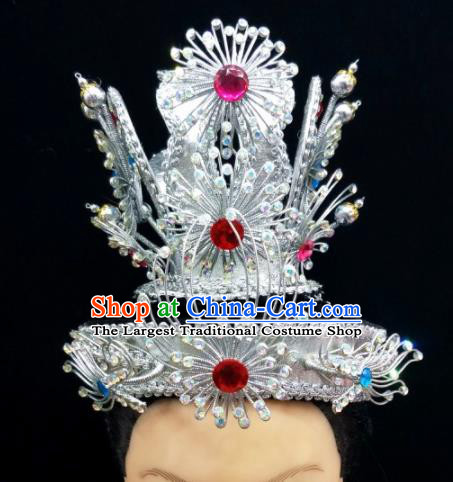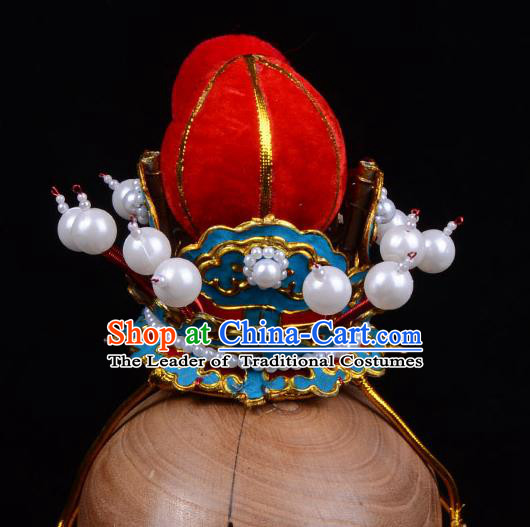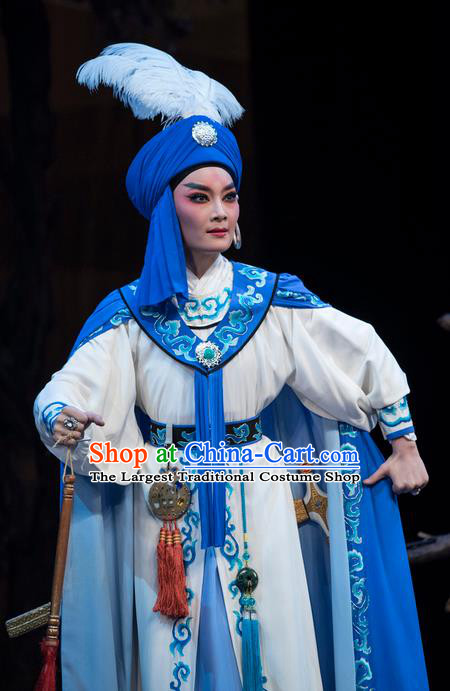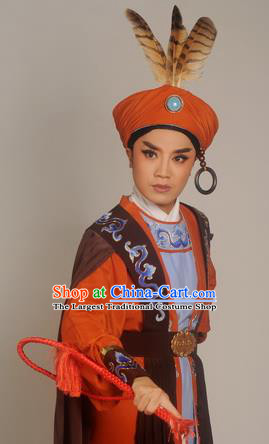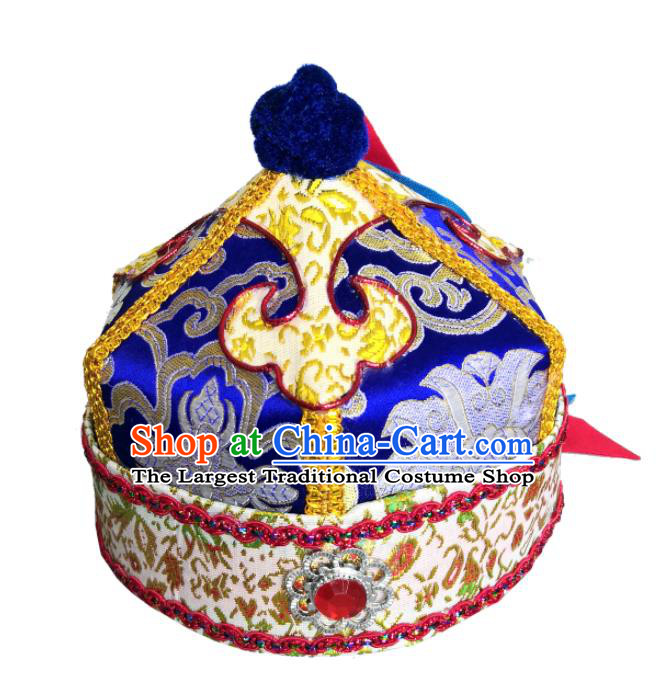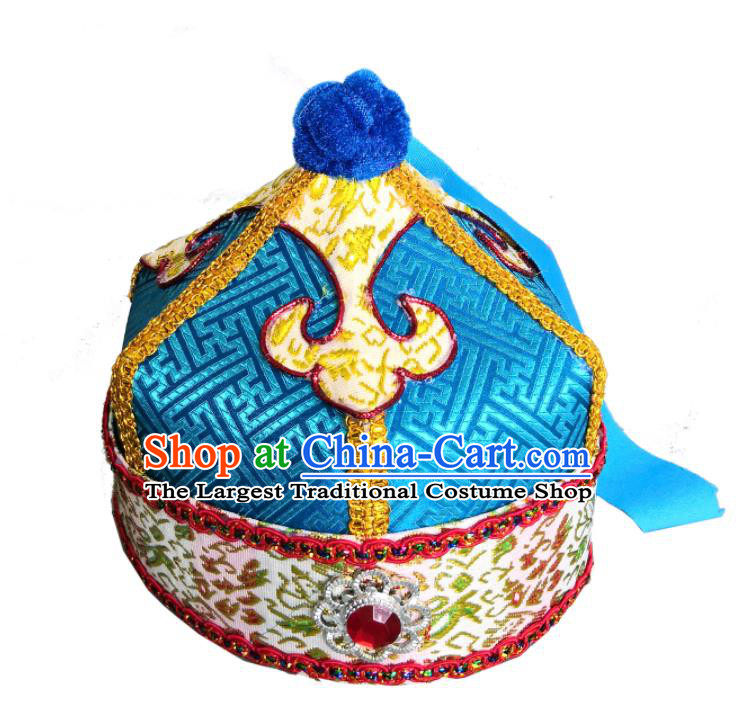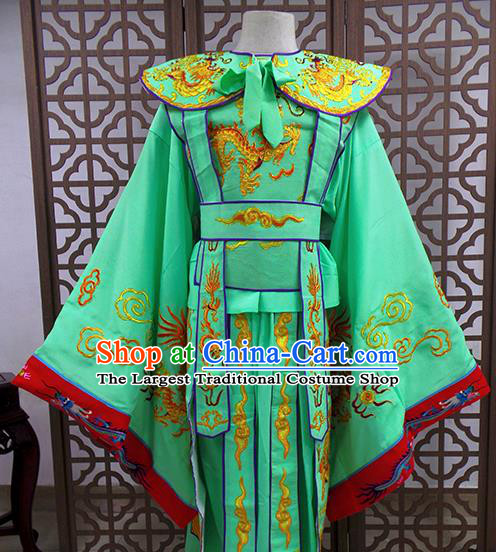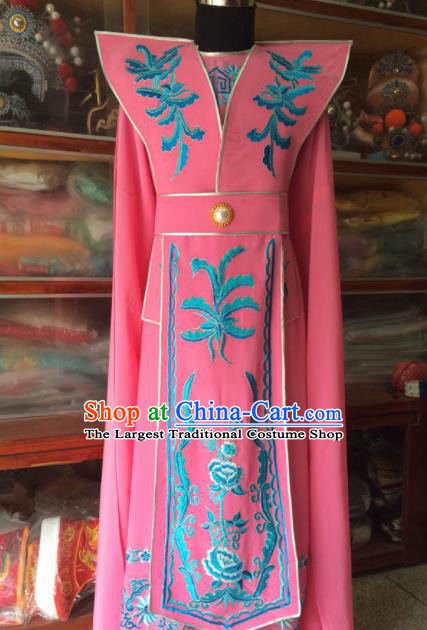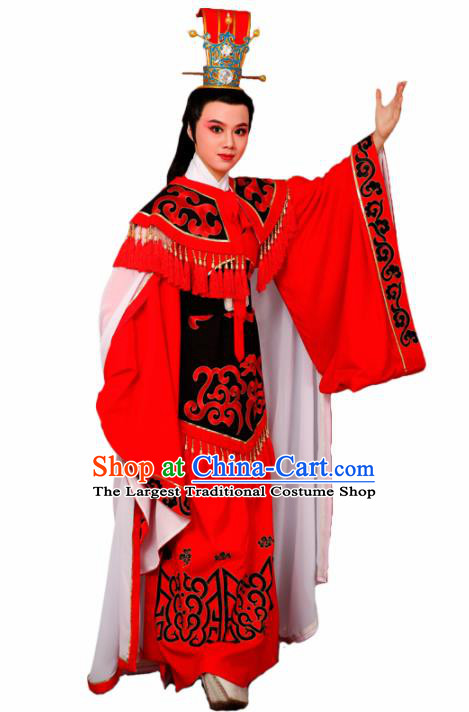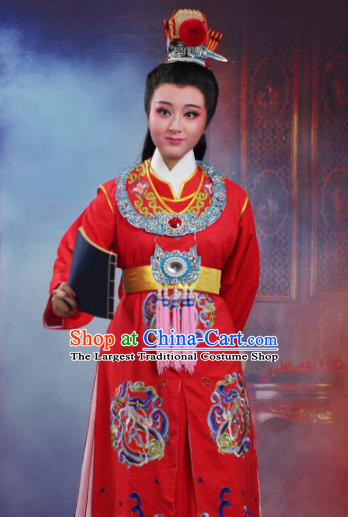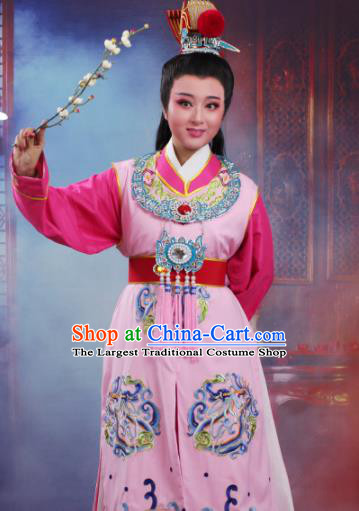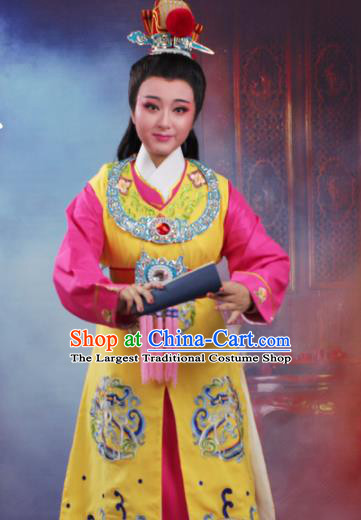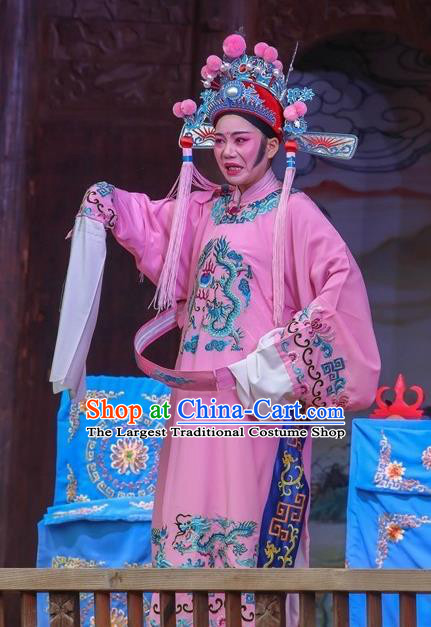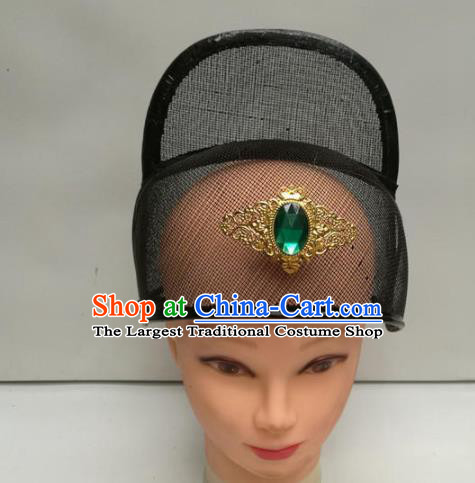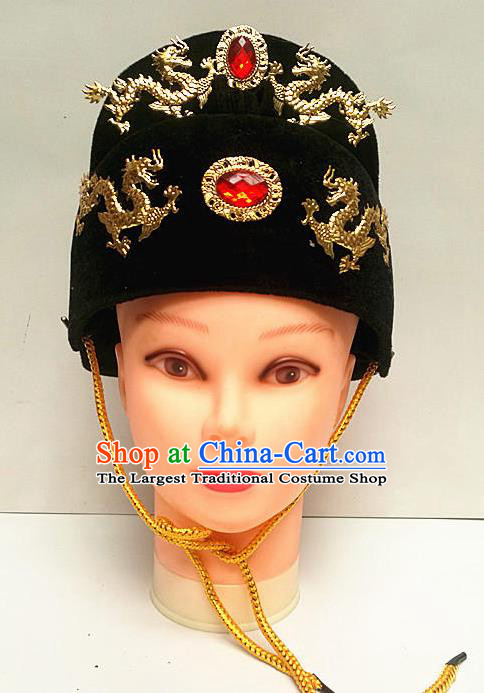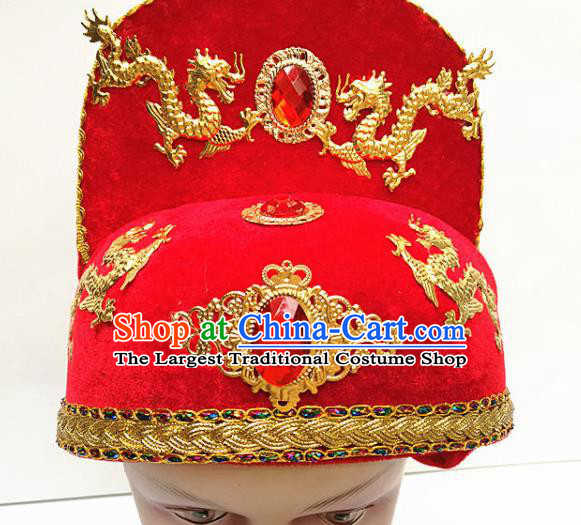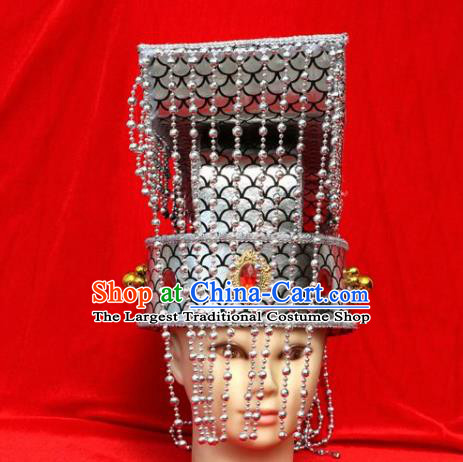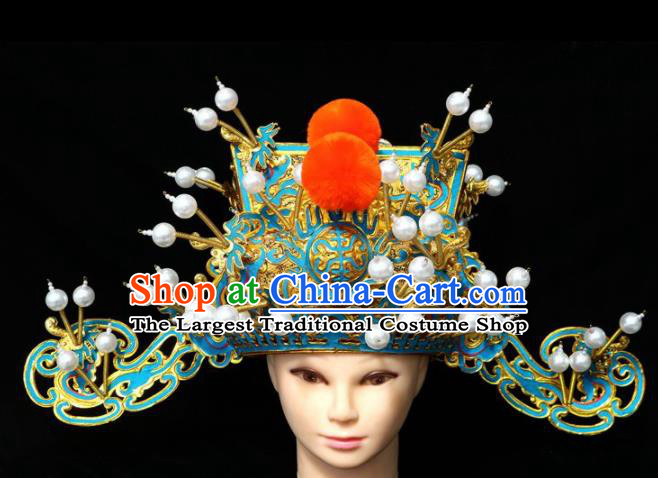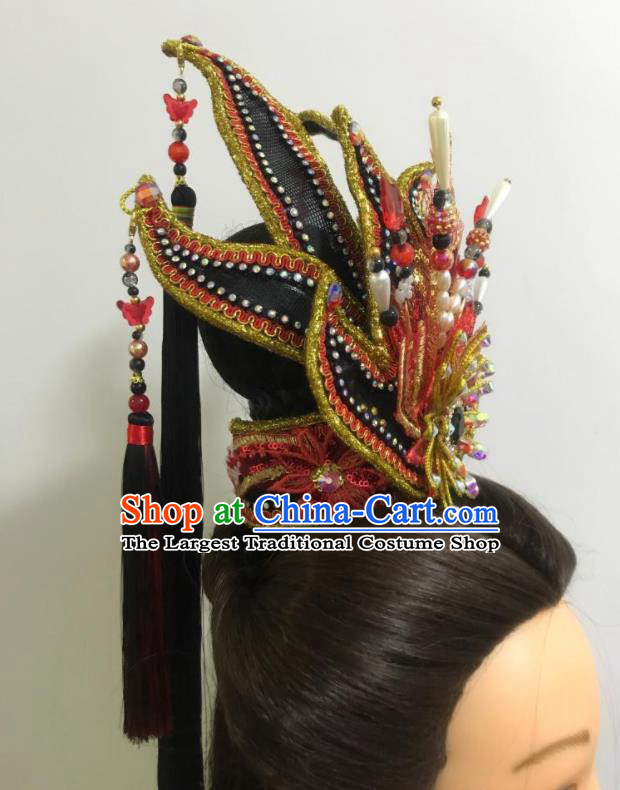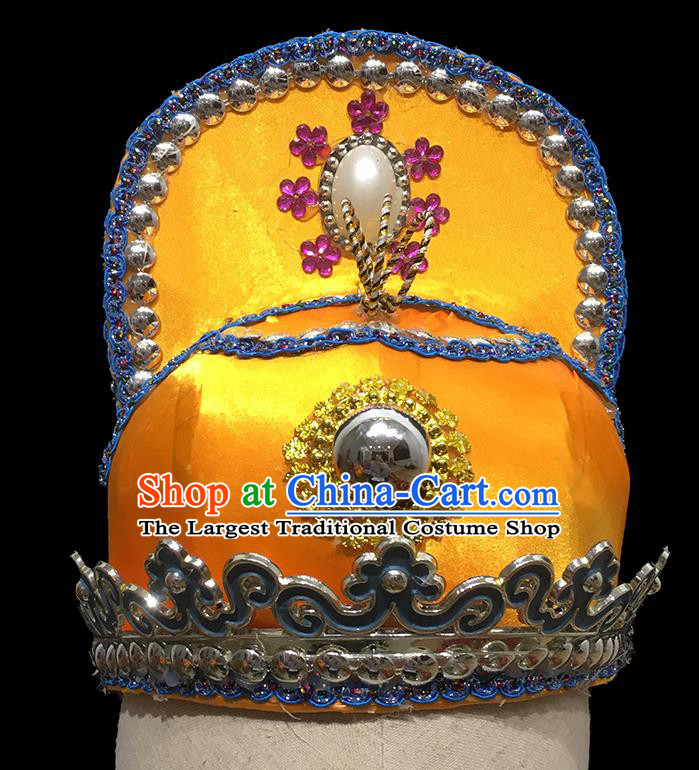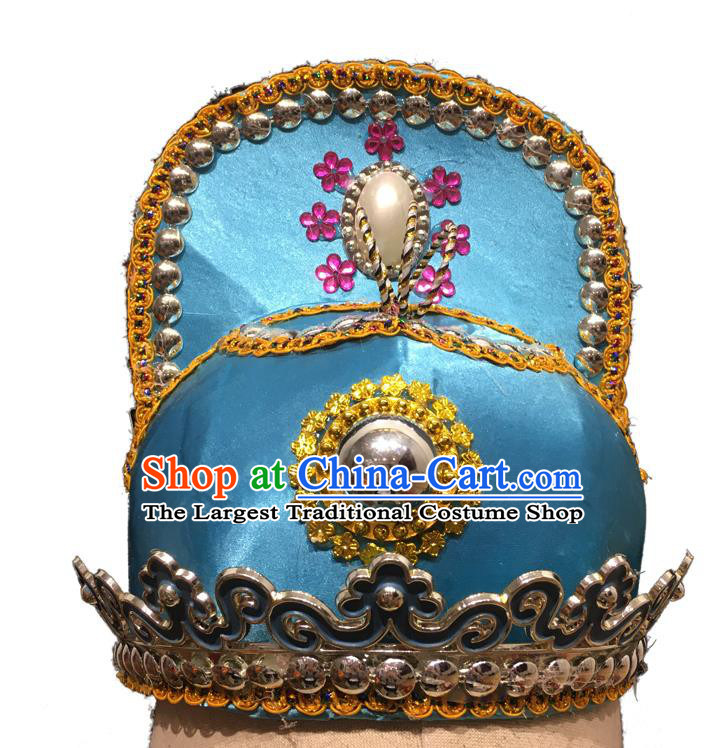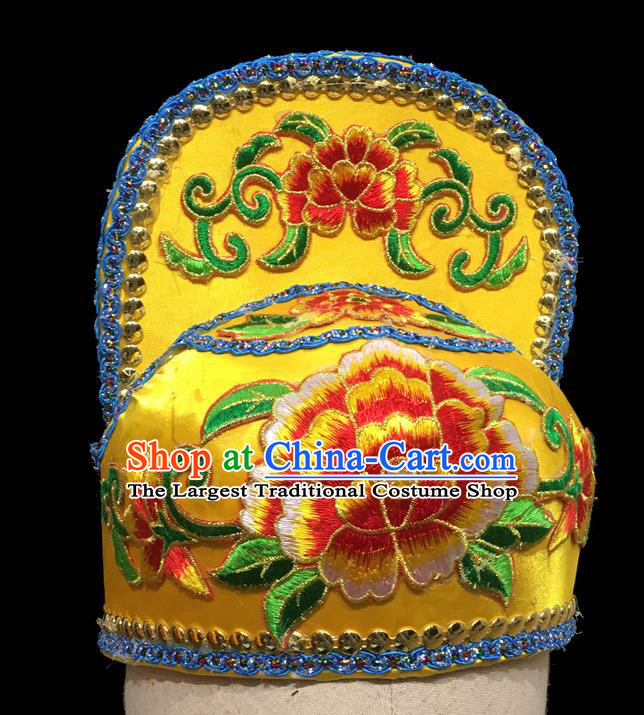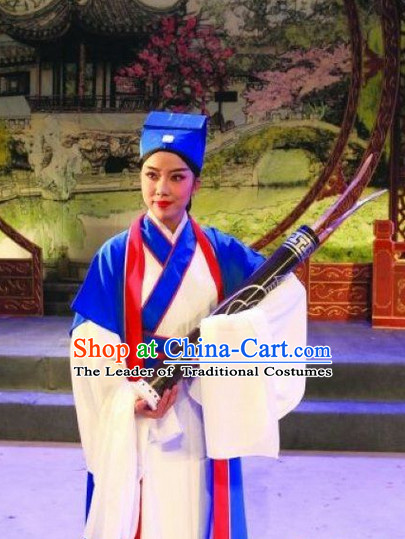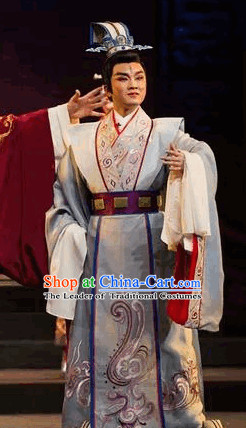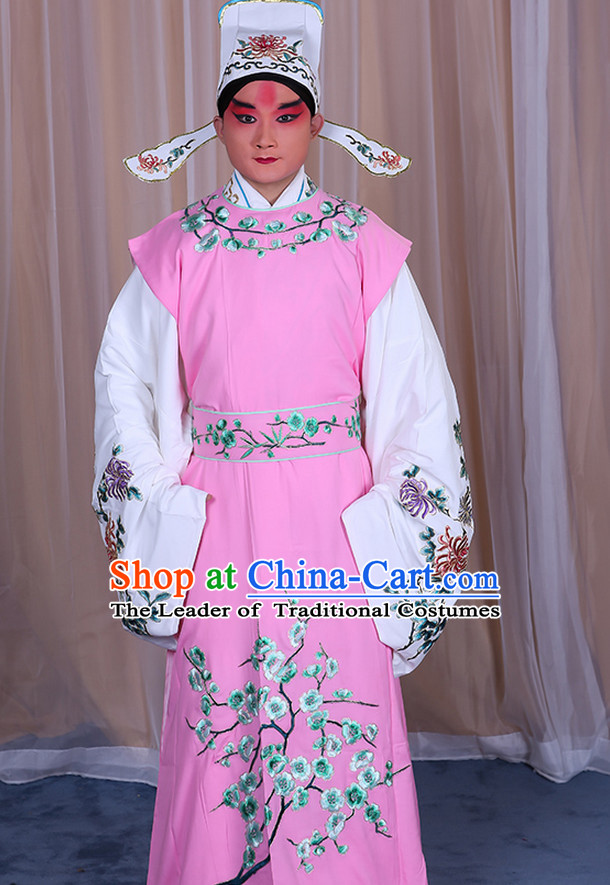
Click Related Pictures for More Audios:
The Peking Opera, also known as Beijing Opera, is a traditional Chinese theatrical art form that has been around for over 200 years.
It combines singing, dancing, and acrobatics to tell stories from Chinese history and mythology.
The costumes worn by the performers are an integral part of the art form, with each costume representing a specific character or role.
One of the most iconic costumes in Peking Opera is the ethnic prince hat.
This hat is made of silk and features intricate embroidery and beading.
It is typically worn by male actors who play heroic characters such as kings or generals.
The hat is often decorated with gold and silver threads, which add to its grandeur and significance.
The ethnic prince hat is not only a beautiful piece of clothing but also carries great cultural significance.
It represents the power and authority of the emperors who ruled China during the Ming and Qing dynasties.
The hat was also used as a symbol of loyalty and bravery among soldiers who fought for their emperors.
In addition to its historical and cultural significance, the ethnic prince hat is also a work of art.
Its intricate design and craftsmanship require skilled artisans to create.
The hat is often passed down through generations of performers and families, preserving the tradition and beauty of Peking Opera.
Overall, the ethnic prince hat is a testament to the rich cultural heritage of China and the artistic talent of its people.
It serves as a reminder of the country's past and continues to inspire future generations to appreciate and preserve its traditions.
